Peasant farming (peasant farm) is a special type of business. For him, the forms of OKVED and certain types of activities are provided, which we will consider below. To begin with, we will determine how the peasant farm differs from other types of legal entities and what its pros and cons are. As a rule, this is a group of people who are often relatives or, for another reason, having joint property and engaged in agricultural work for profit. What are the activities of peasant farms? We will talk about this later.
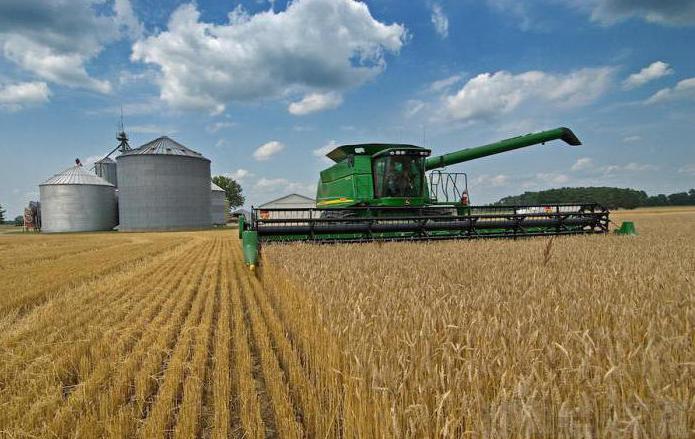
What does peasant farming do?
KFH - a form of activity that exists along with IP or LLC. It is regulated by Law 74-FZ “On Peasant (Farm) Farming”. The main activities of KFKH, if listed in a general manner, are as follows:
- production and processing (any products related to agriculture);
- transportation;
- storage;
- implementation.
When registering, the founder must choose the type of occupation of the peasant farm defined by OKVED.
Possible types of farms
After clarifying the type of peasant farm, it is easier to determine its type of activity. There are four of these types:
- Farm Farm. It is characterized by a compact arrangement, all buildings are being built, as they say, from scratch. Due to the fact that this type of farming requires large financial injections, it is not very popular. However, if you need a large space for future activities, this option will be suitable.
- Cutting farm. It is large enough and suitable for the shift method. Usually there is a dense distribution of various buildings, which makes the entrepreneur think about logistics. However, its advantages are that it allows the combination of several types of animal husbandry.
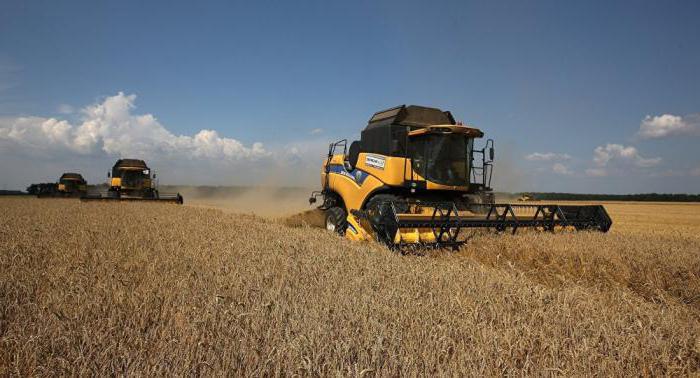
- Large-scale peasant farm based on the basis of any agricultural organization that turned out to be unprofitable. Having acquired such a plot, the farmer may not demolish the existing buildings, but use them for his activities. As a rule, this type of farm "inherits" the type of activity from that which the previous organization was engaged in.
- Agriculture It is located next to any settlement. In this case, logistics will be cheaper than in others, but environmental standards limit this type of peasant farm activity. This should not be ignored, since possible conflicts - with environmental services or the public - can significantly slow down business processes.
Not only the possible activity of the enterprise depends on the type of farm, but also the amount of start-up capital and other nuances.
The advantages of peasant farming
What are they and are they? This question interests many.
The advantages of peasant farms include state support and other privileges, a grace period of taxation, the ability to use large land plots (over two and a half hectares), receive various grants, formally formalize workers, and have privileges in lending for the purchase of land, equipment and equipment. In addition, peasant farms are not checked by local commissions, unless, of course, there have been violations of the law.
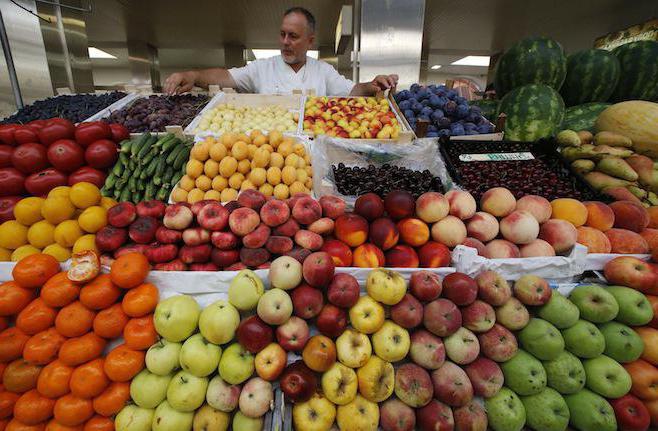
Disadvantages of peasant farming
But there are also disadvantages. Firstly, registration of a type of peasant farm activity is more expensive than registration of the same IP. In addition, the founder must use the land for its intended purpose (land intended for growing crops should not be used for grazing). A member of the peasant farm cannot be a member of another of the same organization.Well, it is important to take into account the dependence of rural entrepreneurs on seasonal risks, weather conditions, diseases of livestock and plants, etc. Farmers often work for several years without profit or loss.
On state support for peasant farming
Here it is necessary to say a few words separately. This is one of the few types of business that has secured very tangible state support. For example, preferential credit conditions when subsidies are given to pay off part of the credit rate. There is also a one-time or grant financial assistance to create and maintain a selected type of peasant farm activity. There is also property support in the form of transfer of ownership of land, premises, equipment, vehicles, equipment, etc., on the basis of a lease with preferential terms.
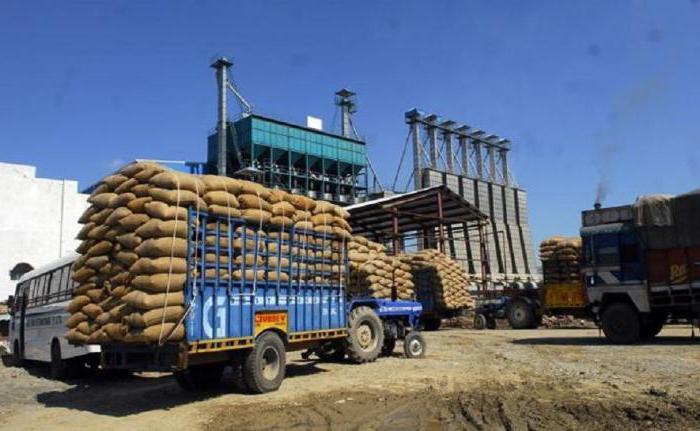
Comments on the legislation on peasant farming
In the comments on the legislation on peasant farms, important points are indicated. For example, it was noted that the production and processing of agricultural products belong to the main types of activity, while transportation, storage and sale - to additional (auxiliary) ones.
It is further noted that the peasant farm does not apply fully to legal entities, as it does not have constituent documents confirming its legal capacity. Some questions follow from this: what type of activity can peasant farms do, but most importantly - is it necessary to indicate it? Existing and established practice gives a positive answer. Another slippery moment in connection with the undetermined legal capacity of peasant farms is advisory: the head of the farm should be careful when concluding transactions: if they are not related to the previously indicated activities, they can be invalidated.
Do I need a license to engage in this kind of activity?
Some types of agricultural business must be licensed, which is regulated by the Federal Law “On Licensing of Types of Activities” (from 2011). It is also important to know that there is a separate list of goods that can be considered transportation for the needs of a single peasant farm if the transport of this farm is used. By the way, this list does not say anything about the transportation of workers, which must be delivered to the place of work or vice versa. And passenger traffic (more than eight people) are subject to licensing.
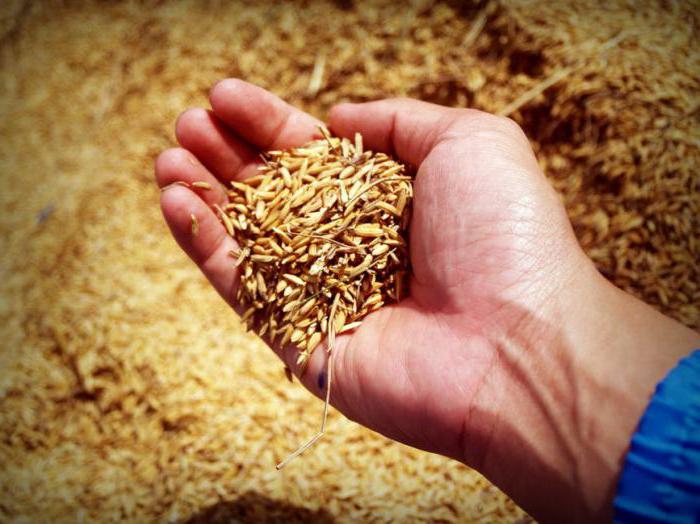
What is OKVED for and what is it for?
Registration of peasant farms implies such types of entrepreneurship as growing crops, animal husbandry, and providing advisory assistance to the population. Registration of peasant farms is available for individual entrepreneurs and legal entities. When opening a peasant farm, activity codes in 2017, from a sequence of six digits, you must specify in the application for tax. They will then be reported.
This classifier is necessary to simplify control over the payment of taxes and accelerate the input of information. The founder of the farm has the right to choose one main or several codes. The list of peasant farms was updated in 2016 (OKVED-2), so you need to focus on it.
Types of activities of peasant farming according to the classifier
We list the activities of peasant farms in OKVED:
1. Crop production - annual crops, perennial crops, seedlings. Codes for those who plan to engage in annual crops are divided into:
- growing plants to obtain grain;
- growing legumes;
- growing raw materials for vegetable oil;
- growing rice crops;
- growing tobacco crops;
- cultivation of various vegetables, mushroom crops and sugarcane;
- breeding flowering plants and obtaining seeds.
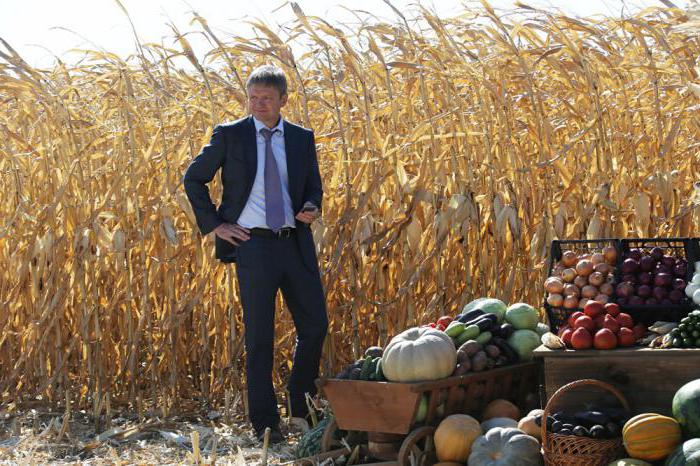
The matter is not limited to this. What else can you do?
If you plan to engage in the cultivation of perennial crops, then the following activities of peasant farms are provided for you:
- growing fruits, including exotic fruits, growing berries and nuts;
- breeding of tea and coffee crops, plants from which spices and medicinal plants are made.
But other options are possible. Everyone can choose their own activity.
2. Livestock. The following activities are envisioned here:
- cattle breeding for the production and sale of dairy products;
- raising animals for the purpose of selling meat;
- horse breeding and koumiss production;
- breeding of animal species such as camel, sheep, pigs, goats, with the aim of selling meat and dairy products;
- breeding ducks, turkeys, chickens, geese and other poultry to obtain and sell their meat and eggs;
- bee breeding and honey production;
- breeding of fur-bearing animals, including rabbits;
- silkworm butterfly breeding;
- breeding domestic deer;
- breeding of other types of domestic animals, including those intended for laboratory research. Breeding earthworms.
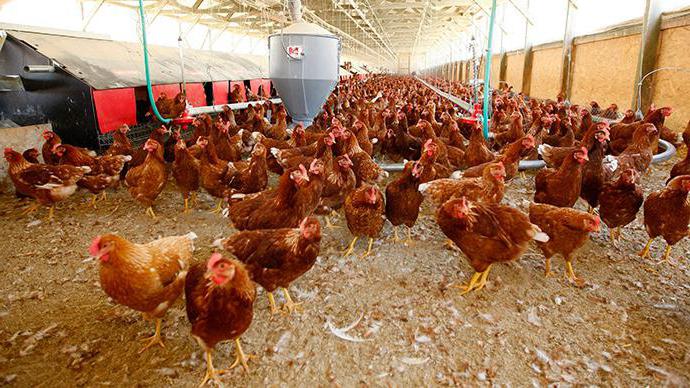
3. If you are not directly associated with these types of activities or provide consulting services, pay attention to the following points mentioned in the classifier (in the column “other activities”):
- other crop production activities, such as pruning, harvesting, etc .;
- other activities in the field of animal husbandry - vaccination, examination, cattle driving, etc.
- services in which there is a need after harvesting in the form of providing premises for storage, cleaning before processing something, seed treatment, sorting, various studies and so on;
- hunting, i.e. trapping, shooting animals;
- forestry, i.e., logging, gathering wild fruits, berries, nuts, etc.
- fishing, fish farming.
Can peasant farms engage in other activities?
There is an opinion that the legal capacity of the head of the household is the same as the legal capacity of any individual registered as an individual entrepreneur. The main thing is to do everything within the framework of the law and in accordance with certain members of the peasant farm. And yet - are there prohibited activities for peasant farms? The answer to this question is unequivocal: everything is allowed that is not criticized by law. Act in accordance with existing law to avoid problems. And may good luck accompany you.